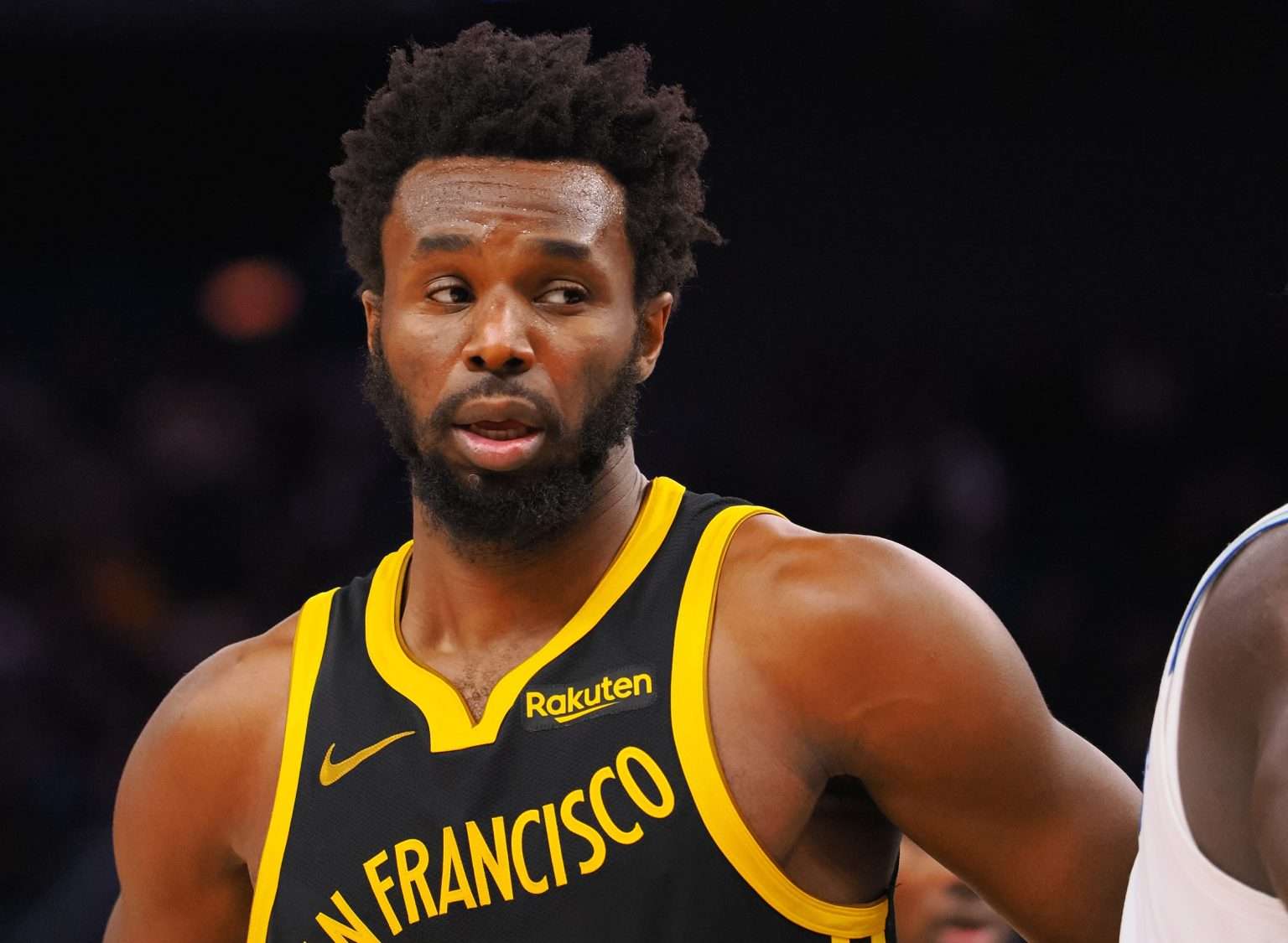On December 28, 2018, a journalist asked Andrew Wiggins about the boos he received after missing two free throws in the final seconds of the Minnesota Timberwolves’ 123-120 loss to the Atlanta Hawks. “That’s fans for you,” Wiggins replied, “We have s-fans, and we have good fans. That’s how it works.
For many fans, it was a turning point for the former Rookie of the Year and first overall draft pick.
Criticism of Wiggins began to intensify, eventually leading to Minnesota’s blockbuster trade with the Golden State Warriors on February 7, 2020. At the time, the trade looked like a massive win for Golden State. But four years later, public opinion of Wiggins is worsening again, this time in the Bay Area. Conversely, the Wolves look more like winners in this trade.
To assess whether the Wolves can claim to have won the trade, we need to look at the original and subsequent trades to see where both teams stand in 2024.
Original exchange (February 7, 2020)
- Golden State acquires
- Wolves acquire
Utah Commerce
- The wolves send
- D’Angelo Russell (Lakers)
- Wolves acquire
Spurs trade
- The wolves send
- 2026 second-round pick (Utah)
- 2028 second round pick (Wolves)
- Wolves acquire
The current implications of the trade are that the Warriors have Andrew Wiggins and Jonathan Kuminga, while the Wolves have Mike Conley, Nickeil Alexander-Walker, Leonard Miller and two second-round picks.
Let’s compare each team’s results, starting with the Warriors.
We will use win shares to compare offensive and defensive ratings, net ratings, games played, and team success (W/L). Together, this data should highlight the impact these players have had on their teams and what they currently offer.
Warriors
- Andrew Wiggins
- 3.2 average gain shares since trade
- 112.42 offensive rating average
- 111.75 defensive rating average
- +0.67 net rating per year
- 181/250 games played, 72.4%
- 145-106, 57.78% winning percentage
- Jonathan Kuminga
- 3.2 average winning shares
- 112.17 offensive rating average
- 110.97 defensive rating average
- +1.2 net rating per year
- 204/232 games played, 87.9%
- 133-99, 56.00% winning percentage
wolves
- Mike Conley
- 4.75 shares gained on average since the transaction
- 114.65 offensive rating average
- 110.40 defensive rating average
- +4.25 net rating per year
- 88/95 games played, 92.6%
- 60-35, 63.16% winning percentage
- Nickeil Alexander-Walker
- 1.95 shares gaining on average since trading
- 111.12 offensive rating average
- 109.75 defensive rating average
- +1.37 net rating per year
- 92/95 games played, 96.84%
- 60-35, 63.16% winning percentage
- Leonard Miller
- 0.2 shares gaining on average since trading
- Offensive rating average of 89.9
- 104.5 defensive rating average
- -14.6 net rating per year
- 9/69 games played, 13.04%
- 47-22, 68.12% winning percentage
The Wolves emerged victorious. Conley, Alexander-Walker and Miller beat Wiggins and Kuminga in every category. Team success based on winning percentage also favors the Wolves, as does availability of games played percentage. Statistically, the Timberwolves are considered the winners of the trade in terms of future assets, and they could be considered winners of the trade with Leonard Miller and two second-round picks still at their disposal.
Unfortunately for the Wolves, one major element of the Wiggins trade outweighs the statistical and future upside of the trade. The Warriors won the 2021-22 championship, and Wiggins was arguably Golden State’s second-best player in that finale.
Championships are the ultimate reward. Until the Wolves win one, I can’t say they won the trade, despite the overwhelming statistical data suggesting they got the better of Golden State. However, Minnesota is in the hunt for the 1 seed this season and has legitimate championship aspirations.

